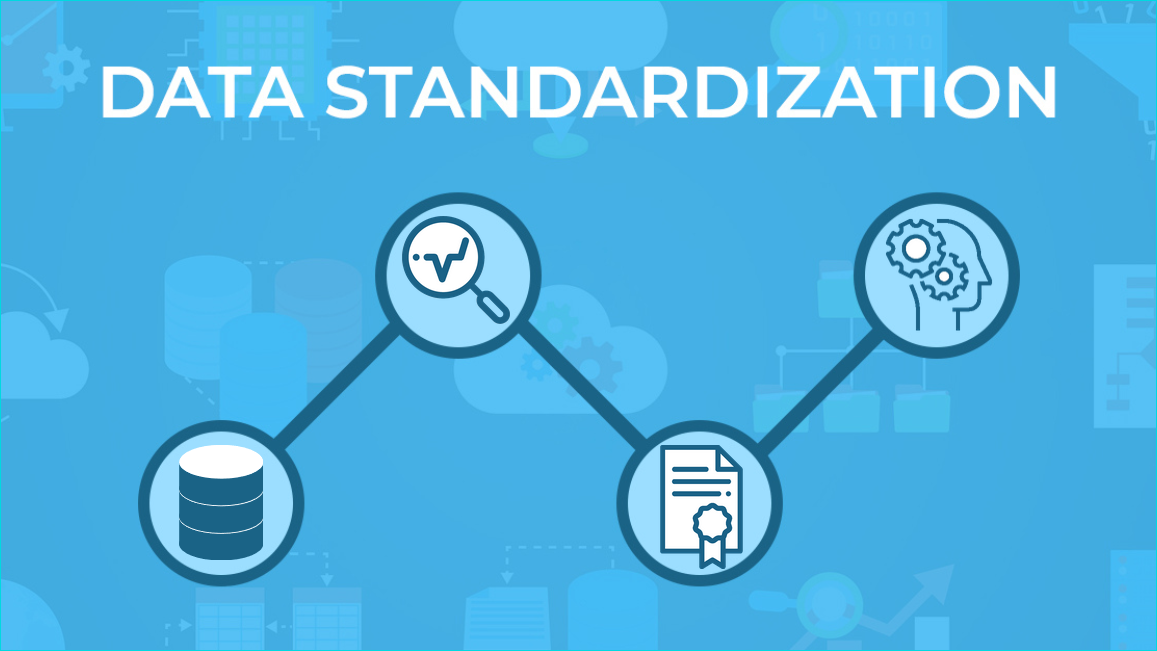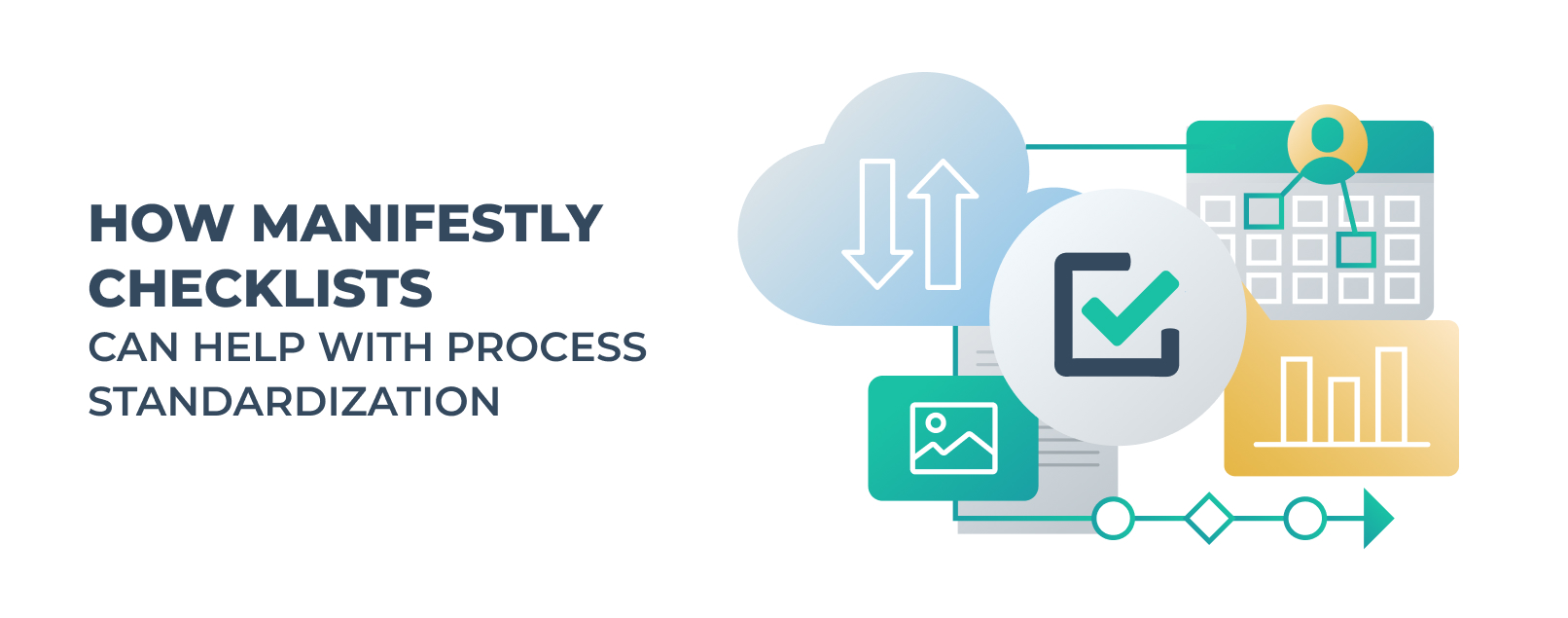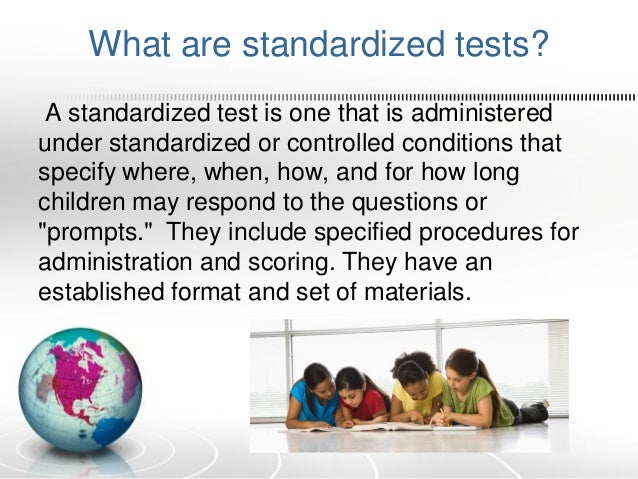You May Choose A Standardized Tool Because
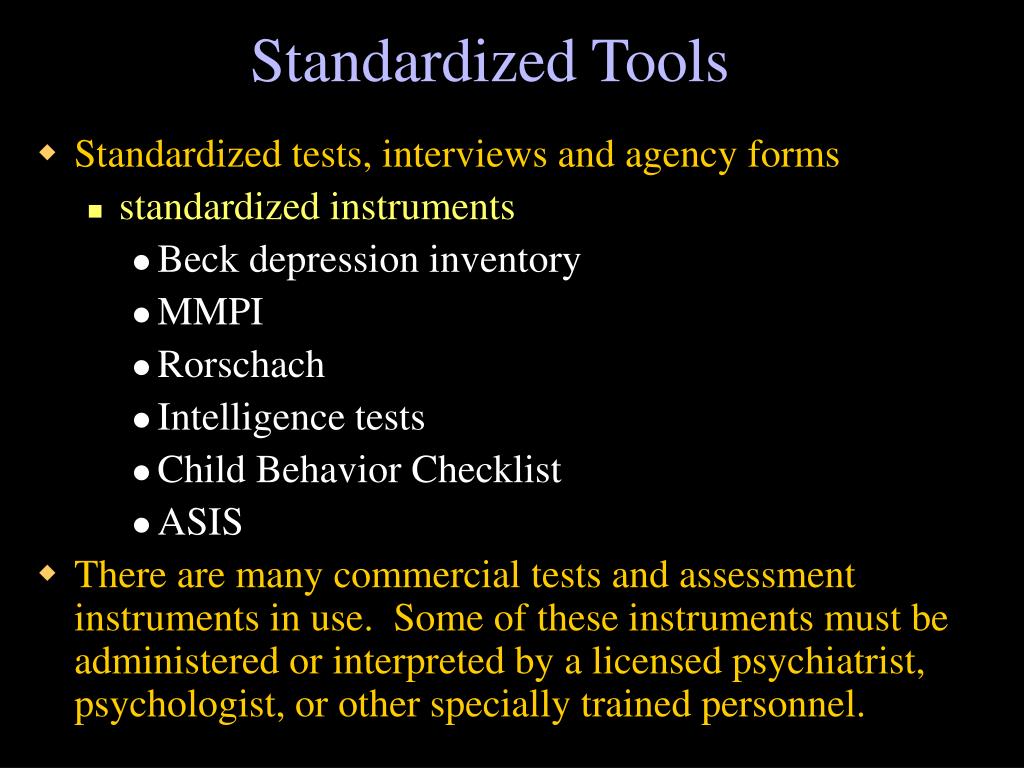
In an era defined by increasing scrutiny and accountability across various sectors, the adoption of standardized tools has become less of an option and more of a necessity. From education and healthcare to manufacturing and finance, organizations are turning to these instruments to ensure consistent, reliable, and comparable results.
The decision to implement a standardized tool often stems from a confluence of factors. This includes the need for improved efficiency, enhanced data accuracy, regulatory compliance, and a desire to benchmark performance against industry standards. In this article, we delve into the compelling reasons why organizations are choosing standardized tools, exploring the benefits and challenges associated with their implementation.
The Allure of Consistency and Comparability
One of the primary drivers behind the adoption of standardized tools is the promise of consistency. When the same methods and measures are applied across different contexts, the resulting data becomes far more reliable and meaningful.
Consider, for example, the realm of education. Standardized tests like the SAT and ACT are designed to provide a common yardstick for evaluating college readiness.
According to the College Board, the SAT aims to measure the skills and knowledge most important for success in college and careers, allowing universities to compare applicants from diverse backgrounds on a level playing field.
Benchmarking and Performance Evaluation
Standardized tools facilitate effective benchmarking. Organizations can compare their performance against industry averages or best practices, identifying areas where they excel and areas where they need improvement.
In healthcare, for instance, standardized patient satisfaction surveys like the Hospital Consumer Assessment of Healthcare Providers and Systems (HCAHPS) allow hospitals to gauge patient experiences and compare themselves to other institutions. The Centers for Medicare & Medicaid Services (CMS) utilizes HCAHPS data to inform value-based purchasing programs, linking reimbursement to patient satisfaction scores.
The Push for Regulatory Compliance
Many industries are subject to strict regulatory requirements that mandate the use of standardized tools. This is particularly true in sectors where safety, accuracy, and accountability are paramount.
The financial industry, for example, relies heavily on standardized accounting principles and risk management models to ensure transparency and prevent fraud. The Sarbanes-Oxley Act (SOX) in the United States requires publicly traded companies to establish and maintain internal controls over financial reporting, often necessitating the use of standardized tools for auditing and compliance.
"Standardization is not about stifling innovation; it's about creating a common foundation upon which innovation can thrive," argues Dr. Emily Carter, a professor of industrial engineering at Stanford University.
Similarly, the pharmaceutical industry adheres to rigorous standards for drug development and manufacturing, as outlined by the Food and Drug Administration (FDA). Standardized protocols for clinical trials, data analysis, and quality control are essential for ensuring the safety and efficacy of new medications.
Efficiency Gains and Cost Savings
While the initial investment in standardized tools may seem substantial, organizations often realize significant efficiency gains and cost savings over time. By streamlining processes, reducing errors, and improving data quality, these tools can enhance productivity and minimize waste.
In manufacturing, for example, the implementation of standardized operating procedures (SOPs) and quality control measures can lead to fewer defects, reduced rework, and faster production cycles. This, in turn, can translate into lower costs and increased profitability.
Furthermore, standardized tools can simplify training and knowledge transfer, making it easier to onboard new employees and ensure that everyone is following the same best practices. This is particularly valuable in organizations with high employee turnover rates.
Addressing the Challenges
Despite the numerous benefits, the adoption of standardized tools is not without its challenges. One common concern is the potential for inflexibility. Standardized tools may not always be perfectly suited to the unique needs of every organization or situation.
It's important to strike a balance between standardization and customization, adapting tools and processes as needed to ensure they remain relevant and effective. This requires careful planning, ongoing monitoring, and a willingness to embrace continuous improvement.
Resistance to change is another potential hurdle. Employees may be reluctant to abandon familiar methods and embrace new tools, especially if they perceive these changes as threatening or unnecessary.
Effective communication, training, and stakeholder engagement are essential for overcoming resistance and fostering a culture of acceptance and adoption.
The Future of Standardization
As technology continues to advance and the global landscape becomes increasingly interconnected, the importance of standardized tools is only likely to grow.
The rise of artificial intelligence (AI) and machine learning (ML) is creating new opportunities for standardization, enabling organizations to automate processes, analyze data, and make decisions with greater speed and accuracy.
However, it's crucial to ensure that these technologies are developed and deployed in a responsible and ethical manner. Standardized frameworks for AI governance and data privacy are needed to prevent bias, protect human rights, and maintain public trust. The International Organization for Standardization (ISO), for example, is actively working on standards for AI systems.
Looking ahead, organizations that embrace standardized tools strategically and thoughtfully will be best positioned to thrive in a rapidly evolving world. By prioritizing consistency, comparability, and compliance, they can improve their performance, mitigate risks, and build a more sustainable future.
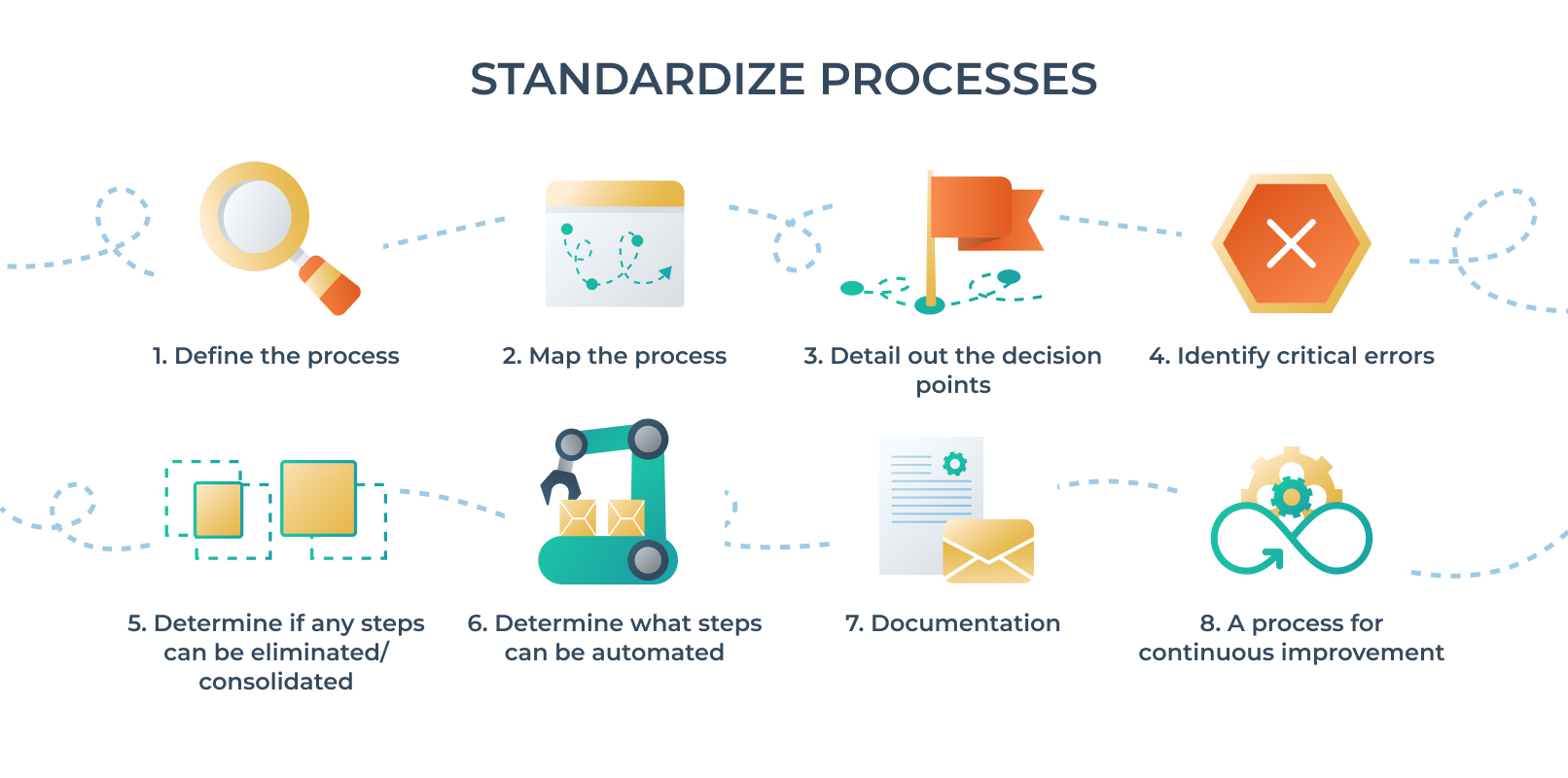
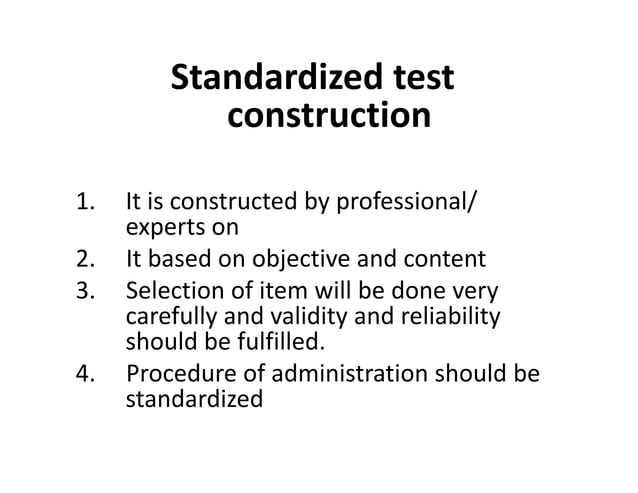



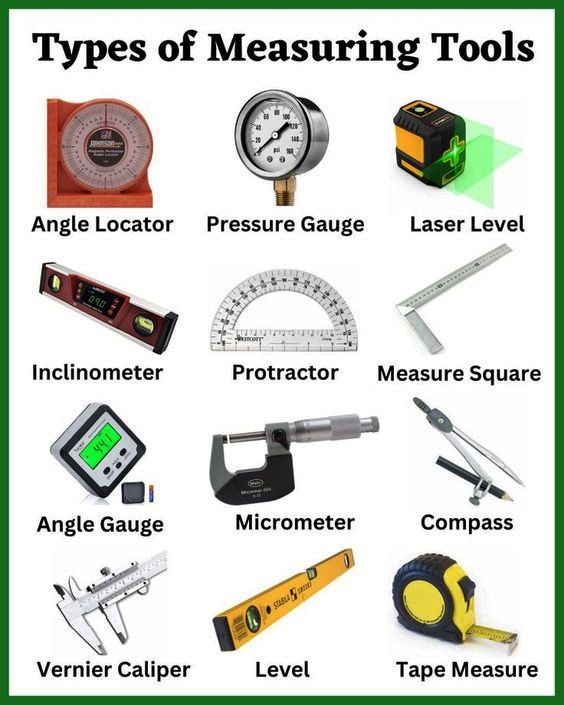
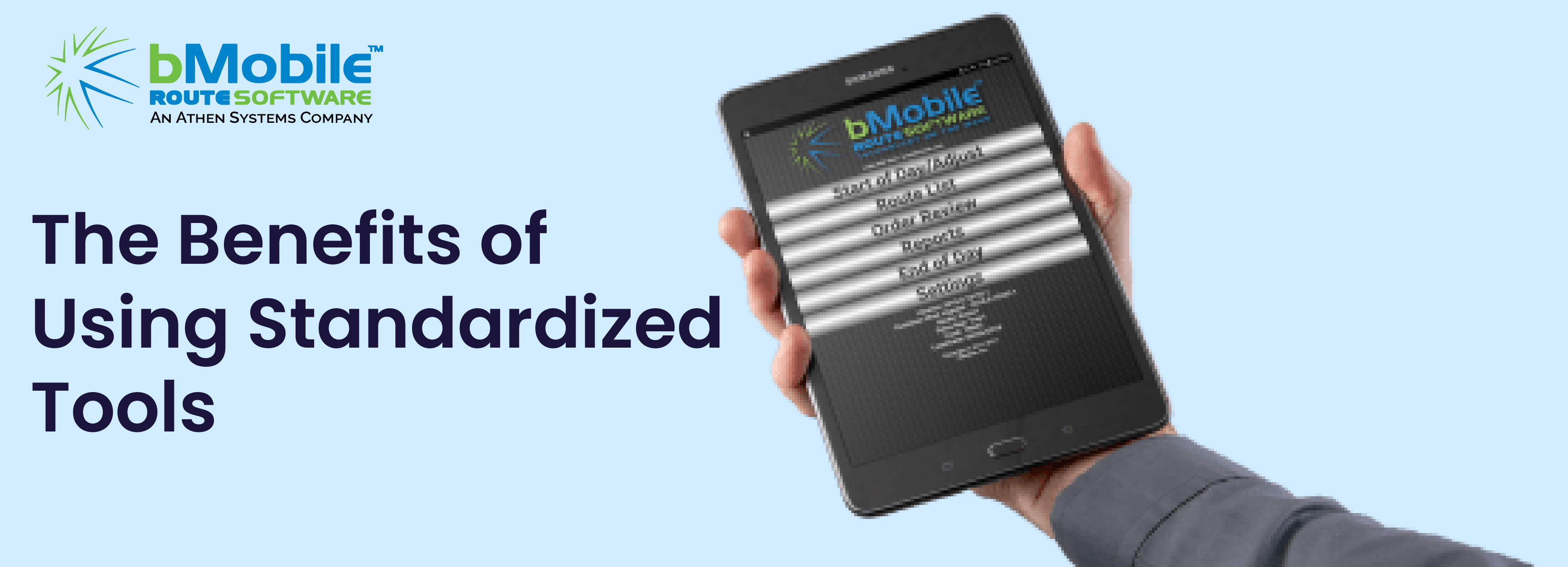
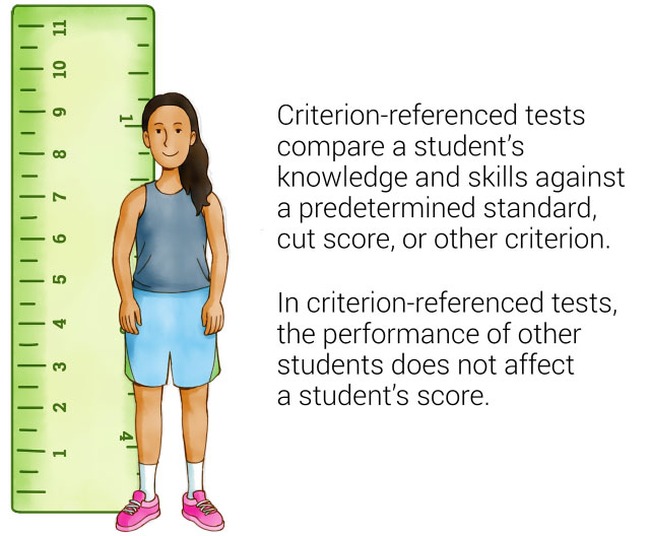
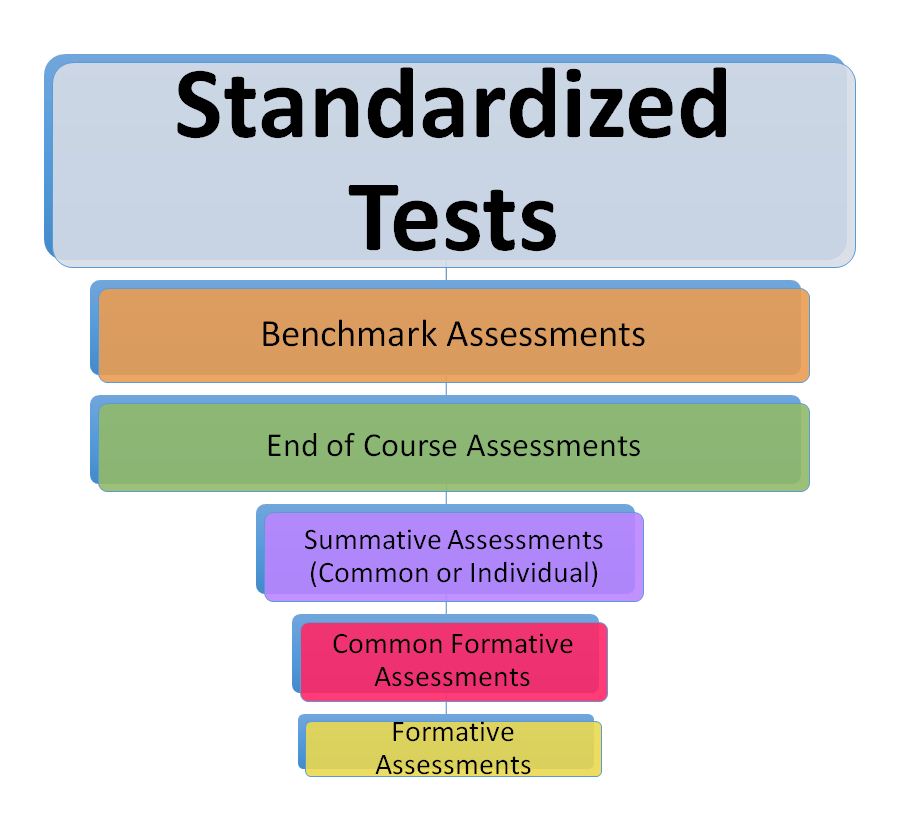

![You May Choose A Standardized Tool Because List of 30 Workshop Tools & Their Uses [Names & PDF]](https://www.theengineerspost.com/wp-content/uploads/2023/04/Workshop-Tools.jpg)

